While on vacation in Asheville, we visited the North Carolina Arboretum. It is a sprawling campus full of color and activity that attracts nature lovers of all types. The arboretum include gardens, greenhouses, and hiking trails.
In addition, they also have a wonderful Bonsai garden exhibit. I was surprised by the variety of trees and plants that can be used to bonsai.
Here is a Maple tree bonsai. Who knew you could bonsai a maple tree?
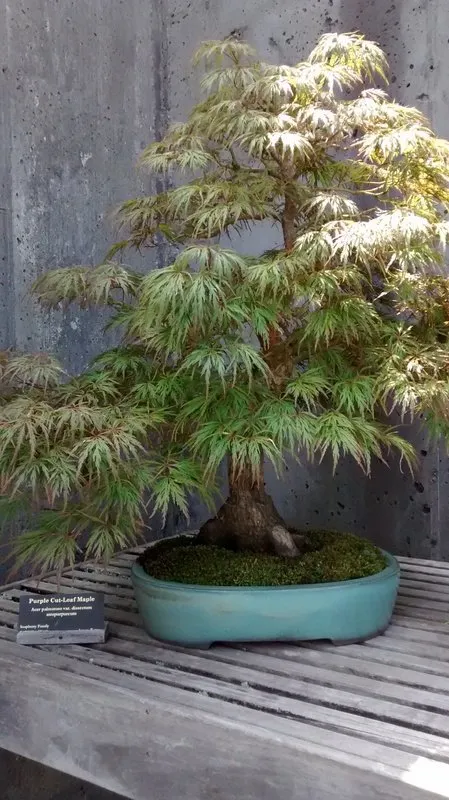
Even, a dwarf white pine tree can be coached into bonsai!
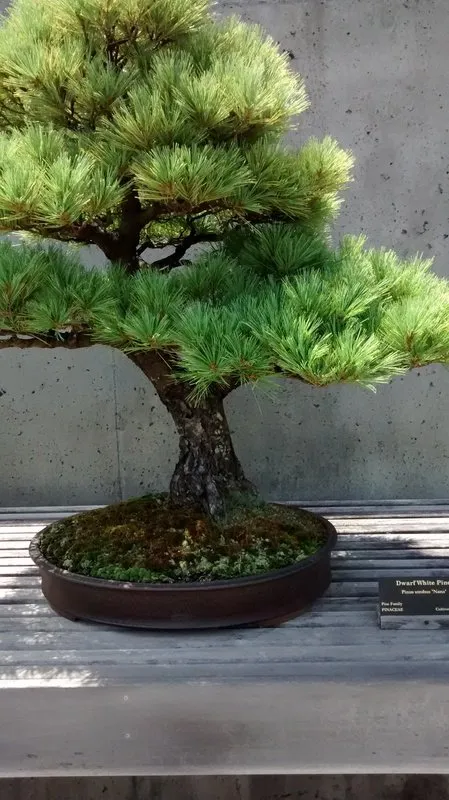
And, here are my favorites. They go beyond bonsai to show picturesque nature scenes that are miniature recreations.
Mount Mitchell: Spruce, Azalea, Thyme,
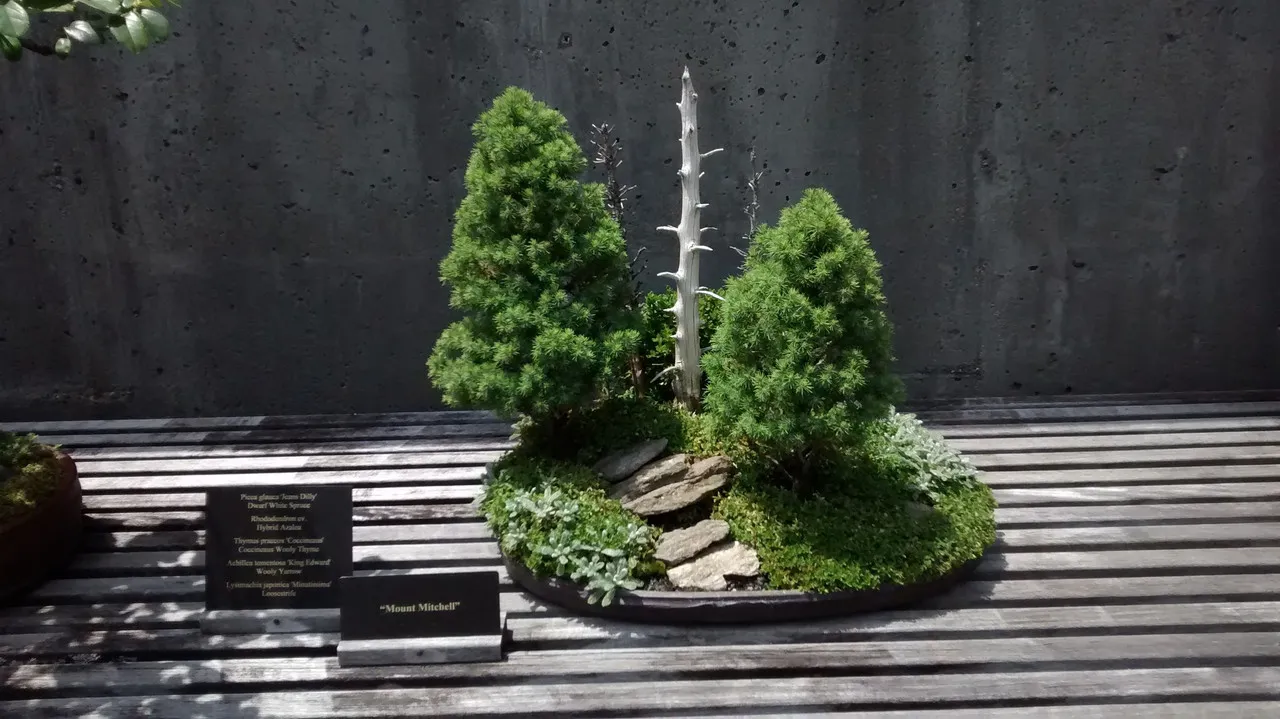
Roan Mountain: Juniper and Azalea
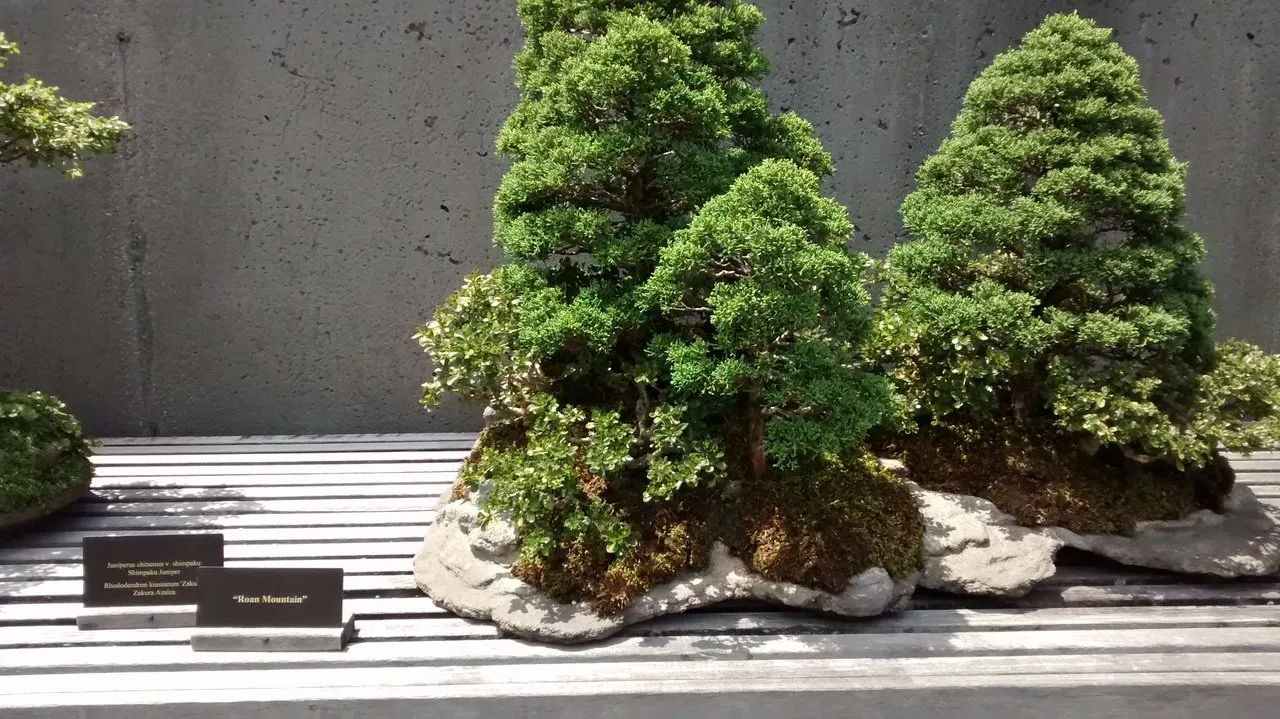
Have you ever wondered how to Bonsai?
Here are the 6 steps to being successful at Bonsai.
Step 1: The main criteria in selecting a plan for bonsai training are its overall health and adaptability to bonsai culture - growing in a container and regular pruning of both crown and roots. This Juniper, with its strong trunk and abundant branching, makes a good choice.
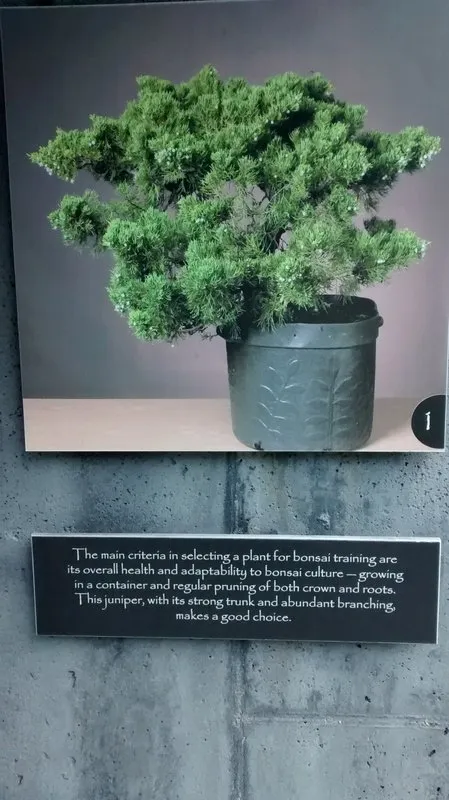
Step 2: Pruning is an essential ingredient in creating a bonsai. The gardener chooses which parts to remove or to leave, based on a mental image of the best shape possible for the subject plant.
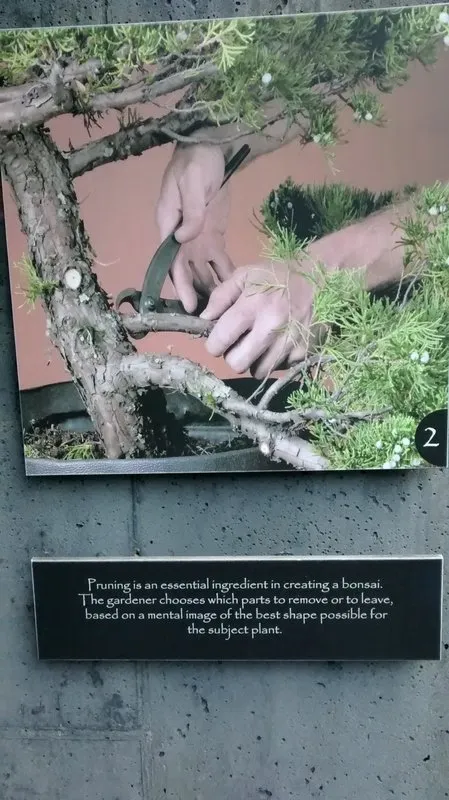
Step 3: Repositioning various parts of the plan is often necessary to achieve the desired result. Soft wire is wrapped around a limb to move and hold it in a certain position. Hopefully, the limb will "set" and remain in place when the wire is eventually removed.
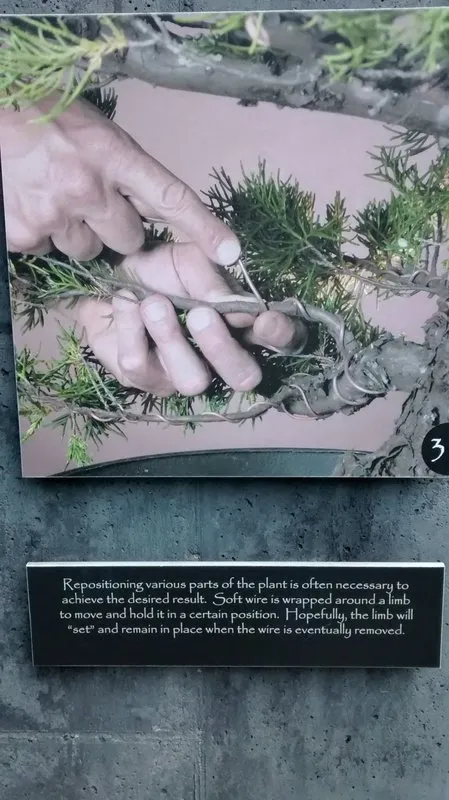
Step 4: Root pruning allows the plant to grow indefinitely in a container without becoming pot-bound. Great car must be taken to do this work at the correct point in the growth cycle and to avoid aggressive pruning.

Step 5: The bonsai container is not only a home for the plant's roots; it also contributes character to the overall presentation. The plan is secured in the container by wires run through the drainage holes.
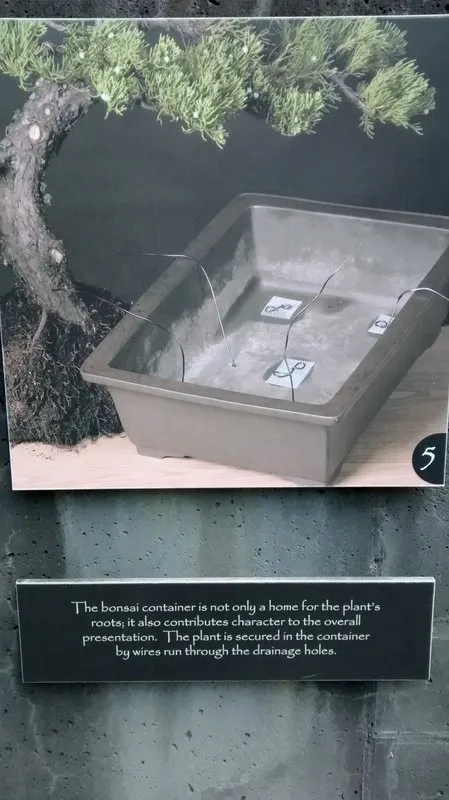
Step 6: While the initial work on this bonsai is now complete, it will never be considered "finished" as long as the plant is alive. the gardener will continue to maintain and develop the desired shap of the bonsai as it grows, always striving to refine the design while promoting excellent health in the living world.
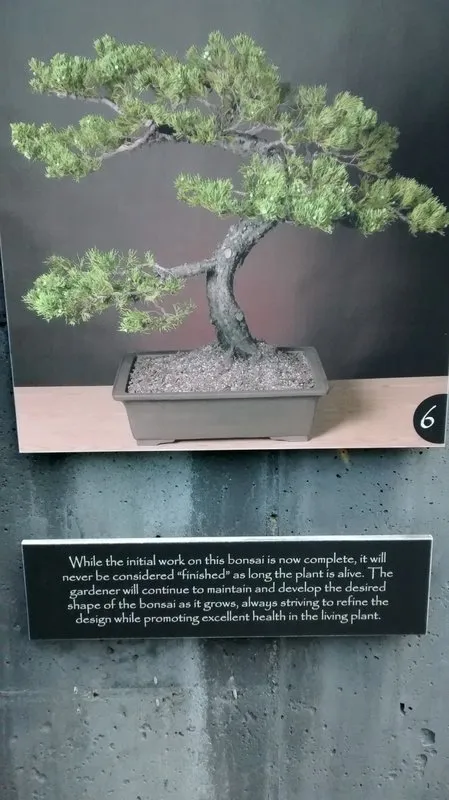
I hope you have enjoyed my first travel posting.